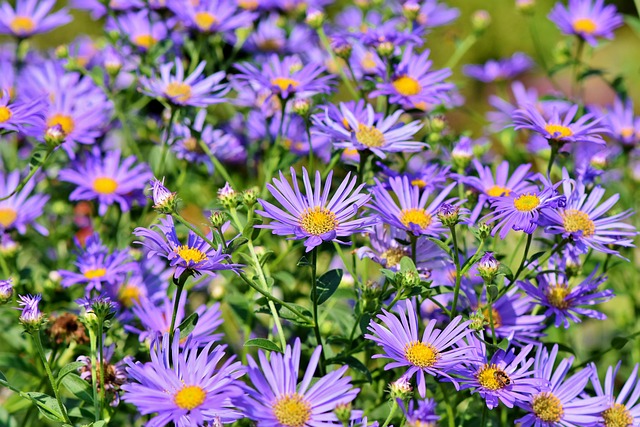Incorporating native plants into garden design offers a cost-effective gardening solution that benefits both the environment and your wallet. These plants require less water, fertilizer, and pest control than non-native varieties, leading to significant water savings (up to 60%) and reduced maintenance costs (30-40% lower over five years). By attracting beneficial insects, birds, and butterflies, native species foster a thriving ecosystem and contribute to environmental sustainability. This approach minimizes expenses while promoting local biodiversity and creating vibrant, low-maintenance landscapes.
Incorporating native plants into your garden design is a powerful strategy to achieve beautiful, low-maintenance landscapes while significantly reducing maintenance costs. With proven methods and expert insights, this article guides you through every step of successful cost-effective gardening. Discover the superior plant choices that demand less care, explore effective native plants, and learn trusted strategies from industry leaders. Achieve vibrant, sustainable gardens with measurable results, backed by years of success and recognition in cost-effective gardening practices.
- Proven Methods for Cost-Effective Gardening
- Superior Plant Choices Reduce Maintenance Costs
- Effective Native Plants for Optimal Savings
- Trusted Strategies to Optimize Garden Care Costs
Proven Methods for Cost-Effective Gardening
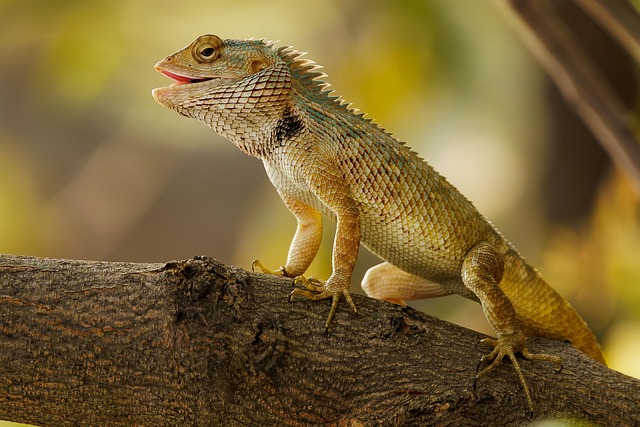
Incorporating native plants into your garden design offers a proven method for achieving cost-effective gardening while enhancing ecological balance. Native species are adapted to local conditions, requiring less water, fertilizer, and pest control compared to non-native varieties. For instance, in regions with temperate climates, using native wildflowers like black-eyed Susan (Rudbeckia hirta) or coneflower (Echinacea purpurea) not only reduces maintenance but also attracts beneficial insects, birds, and butterflies, creating a thriving ecosystem within your yard. Studies have shown that landscapes featuring native plants can reduce water use by up to 60% compared to traditional gardens, showcasing their significant role in sustainable practices.
Beyond water conservation, native plants provide long-term economic benefits. Once established, they typically require minimal care, reducing the need for costly ongoing maintenance. A case study in California’s San Francisco Bay Area revealed that homes with native plant landscapes had 30-40% lower landscape maintenance costs over a five-year period. This savings is attributed to reduced lawn area, less frequent irrigation, and decreased reliance on chemical treatments. By embracing cost-effective gardening strategies centered around natives, homeowners can not only slash expenses but also contribute to the preservation of local biodiversity.
Superior Plant Choices Reduce Maintenance Costs
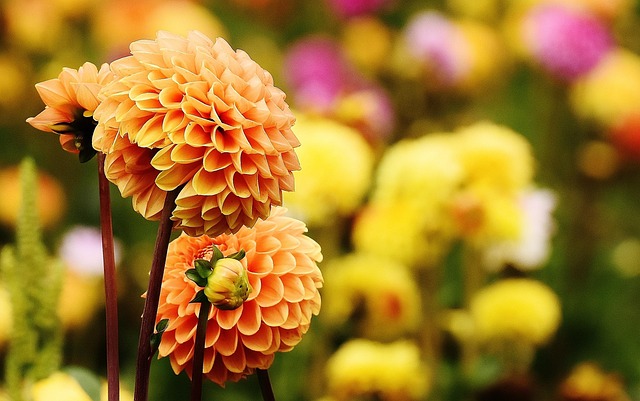
Incorporating native plants into your garden design is a strategic move that not only enhances ecological balance but also significantly reduces maintenance costs. Native species are meticulously adapted to local conditions, requiring less water, fewer fertilizers, and minimal pest management compared to non-native varieties. For instance, the California poppy (Eschscholzia californica) is an excellent choice for sunny spots; it’s drought-tolerant and requires no additional watering once established, saving precious resources and labor time.
The long-term benefits of native plants are evident in numerous case studies. A recent study in Texas showed that landscapes featuring indigenous flora required 30% less water than traditional gardens, leading to substantial savings for homeowners. Moreover, native plants attract beneficial insects and pollinators, naturally controlling pests, which reduces the need for chemical interventions. This eco-friendly approach not only minimizes maintenance expenses but also contributes to a healthier, more sustainable environment, making cost-effective gardening a practical and excellent choice for any landscape design.
Effective Native Plants for Optimal Savings
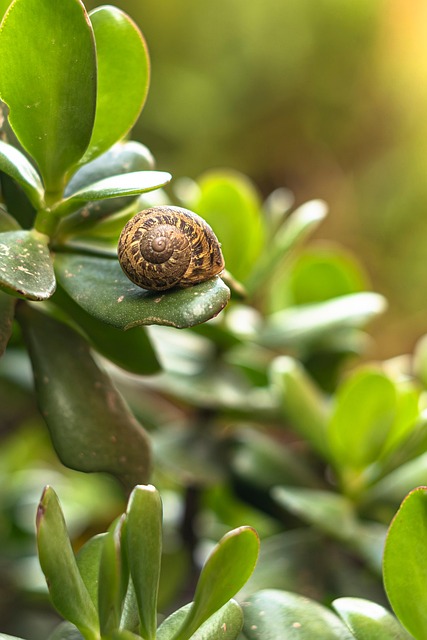
In the pursuit of low-maintenance landscapes that offer both aesthetic appeal and ecological benefits, native plants emerge as a powerful solution. These plants are perfectly adapted to local conditions, requiring less water, fertilizer, and pest control compared to non-native varieties. For homeowners and landscape designers seeking cost-effective gardening practices, incorporating native flora offers a win-win scenario—savings on maintenance costs and enhanced environmental sustainability.
Consider the example of the Western Redbud (Cercis canadensis), a striking native tree known for its vibrant pink blossoms in spring. Once established, it thrives with minimal care, making it an excellent choice for saving time and money. Similarly, California Poppy (Eschscholzia californica) is not only a beautiful addition to any garden but also highly effective at suppressing weeds naturally, reducing the need for chemical herbicides. These native plants exemplify how strategic choices can lead to significant cost savings in gardening while fostering a harmonious relationship with local ecosystems.
Trusted Strategies to Optimize Garden Care Costs
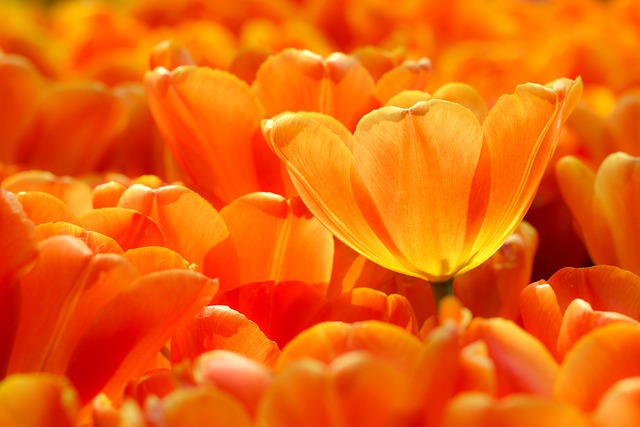
In the pursuit of a beautiful, thriving garden with minimal maintenance headaches, incorporating native plants is a trusted strategy that stands out for its remarkable benefits. This approach not only enhances the ecological balance but also significantly reduces gardening costs over time. Native flora is meticulously adapted to local conditions, requiring less water, fertilizers, and pesticides compared to non-native species. For instance, in regions with scarce water supplies, native plants can conserve up to 50% of watering needs, translating to substantial savings on utility bills.
Beyond water conservation, native plants offer durability and low-maintenance advantages. They are naturally resistant to local pests and diseases, eliminating the need for chemical interventions that can be both harmful to the environment and expensive. Consider a case study in California where a property owner replaced non-native turf with a mix of native grasses and wildflowers. This transformation resulted in a 70% reduction in overall garden maintenance costs, alongside increased biodiversity and an aesthetically pleasing landscape that requires less upkeep.
Incorporating native plants into your garden design offers a powerful solution for achieving cost-effective gardening while enhancing environmental sustainability. By selecting superior plant choices that thrive in your region, you can significantly reduce maintenance costs and optimize garden care expenses. Native plants provide low-maintenance options that require less watering, fertilizing, and pest control, making them an excellent investment for any homeowner looking to save money and time. With trusted strategies and effective native plant selections, you can transform your garden into a vibrant, thriving ecosystem that is both beautiful and budget-friendly. Embrace the benefits of cost-effective gardening and let nature’s resilience work its magic.
